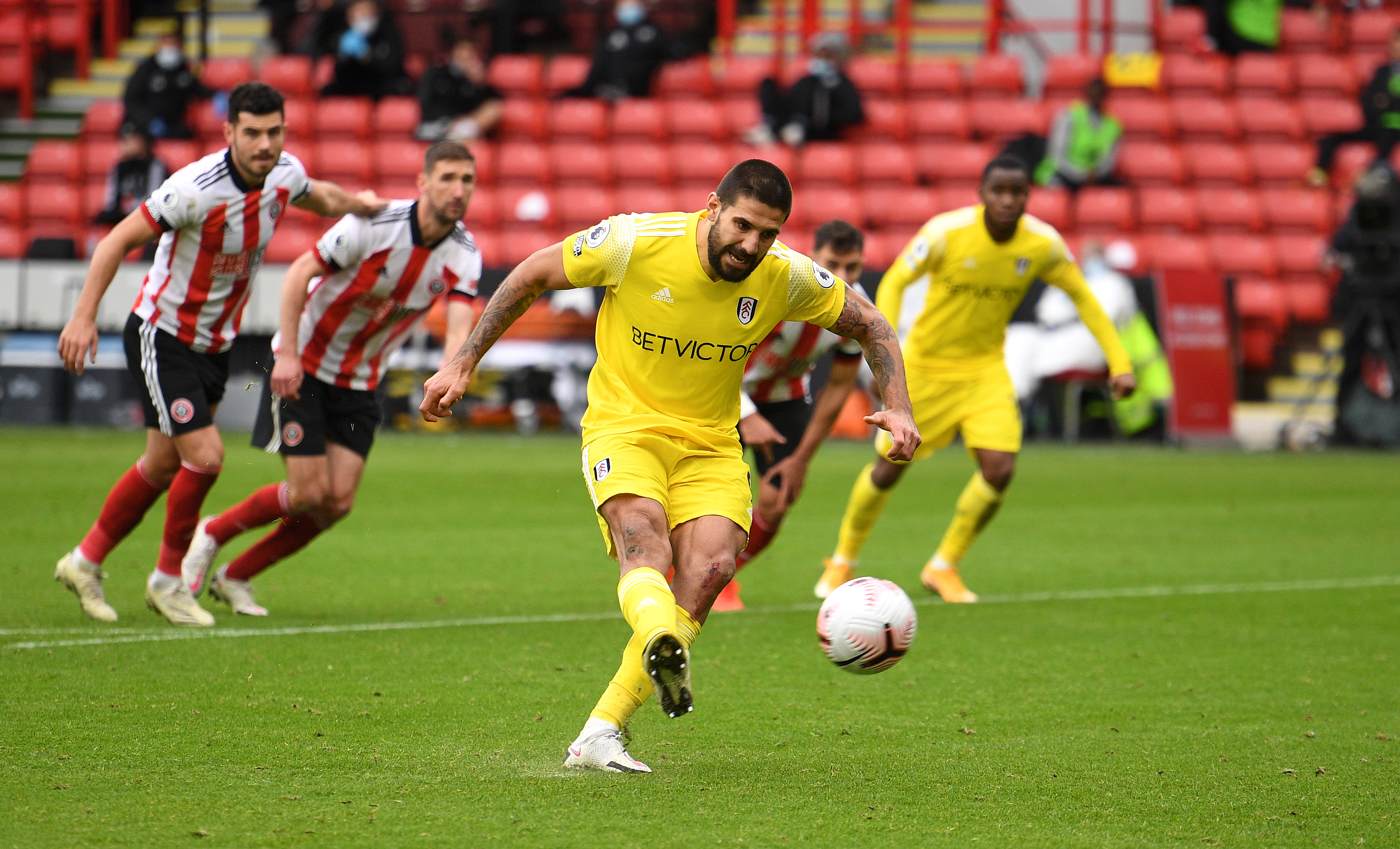I mentioned recently how in the 1950s, Fulham’s manager Frank Osborne – when confronted in the street by a complaining spectator – had given the man an impromptu refund for his ticket.
In the same period the club programme published a more positive letter, suggesting that collection boxes be installed near the exits for fans to give players a bonus when they had performed particularly well. Of course, footballers’ wages then were tightly controlled, as were admission charges.
The collecting boxes never became a reality. But in 2020, we are forced to consider whether we are being asked a fair price to watch our team.
Over the weekend of the 17-18 October, Chelsea’s match with Southampton and Fulham’s visit to Sheffield United were not selected for national live transmission. Supporters had to pay £14.95 per match to watch, using the on-demand services of their provider.
This contrasts with a typical charge of £9.99 for 24 hours of satellite sport, including two or even three games. Fulham FC’s own service provides radio commentary, followed in due course by a video of the whole game, for £5 per month.
Yet £14.95 seems excessive for watching the bottom two clubs in the Premier, each of them without a single point in four matches. Since Fulham’s next two fixtures will be treated the same way their fans could be £44.85 worse off – equivalent to three and a half months of the full TV licence.
Tension
With both teams desperate for points the match was full of tension but there was no lack of quality, particularly from the newer acquisitions. Goalkeeper Alphonse Areola made some fine saves, especially one from Oli McBurnie’s fierce close-range header.
Going forward, Ruben Loftus-Cheek and Ademola Lookman combined speed with ingenuity though initially United looked the more dangerous. In one instance they easily penetrated the Fulham defence and thought they had taken the lead, but VAR confirmed the assistant’s decision of offside.
Fulham were more dominant after the interval despite Aleks Mitrovic still lacking his edge. He wasted a good opportunity by shooting straight at the keeper and then missed a penalty after Jack Robinson’s inexplicable handball. In the 77th minute, Lookman ended the Whites’ frustration with a delicious solo effort. He collected the ball 30 yards out, bamboozled two defenders and shot beyond Aaron Ramsdale’s reach.
Determined to preserve Fulham’s lead, Ivan Carvalho executed a rugby tackle.
I wish Scott Parker would discourage this manoeuvre, especially against teams from Yorkshire. In last season’s game with Sheffield Wednesday it earned Harrison Reed a second yellow and on Sunday it enabled United to equalise.
Although the resultant free kick was cleared, a (delayed) intervention from VAR judged that Mitrovic had fouled an opponent in the area. I have criticised Mitro’s previous indiscretions but this time he seemed genuinely intent on the ball. The referee saw nothing amiss in a collision that looked worse in slow motion. Billy Sharp did not waste his penalty kick.
A Fulham winner was still possible. Mario Lemina’s ball control unnerved the United defence, and Lookman and Tom Cairney gave Mitrovic further chances to head home – to no avail. Even one point was welcome and the overall performance showed improvement but the situation remains critical.
Read the fine print
I can never resist a free competition even though I never succeed, so I had a go at winning a Fulham jersey signed by Ruben Loftus-Cheek.
My entry was rejected because of an invalid date of birth. Moral – read the instructions more carefully. The compilers, perhaps in deference to Fulham’s American owners, had stipulated month/day/year and I had claimed to be born in the 17th month.
I am not expecting the jersey.
The views expressed in this blog are those of the author and unless specifically stated are not necessarily those of Hammersmith & Fulham Council.
Want to read more news stories like this? Subscribe to our weekly e-news bulletin.

